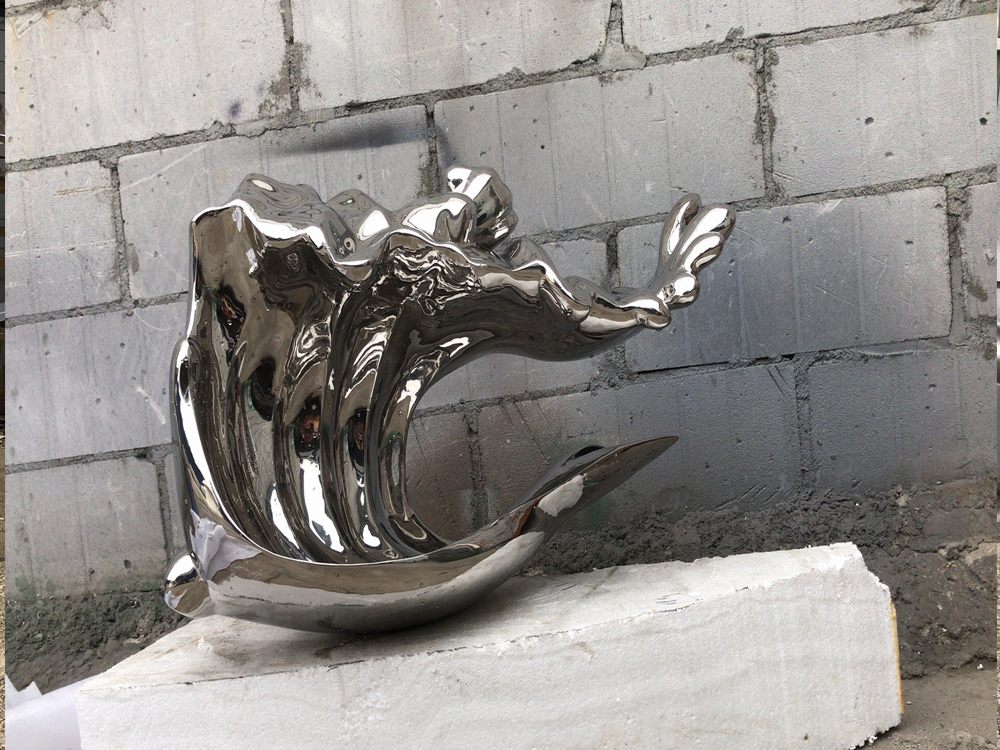
Metal sculptures bring dynamic artistic expression to both indoor and outdoor spaces, but not all installations are created equal. The fundamental distinction between permanent and temporary metal sculpture installations lies in their intended lifespan and design considerations.
Permanent metal sculptures are crafted to withstand decades of exposure to environmental elements. Artists typically use durable materials like stainless steel, bronze, or corten steel that develop protective patinas over time. These installations often require substantial foundations and structural engineering to ensure stability. Permanent pieces frequently become landmarks, with cities investing in their long-term maintenance and preservation.
Temporary metal sculptures, by contrast, prioritize flexibility and often experimental designs. These installations might utilize lighter metals like aluminum or incorporate mixed media elements not suited for permanent outdoor display. Temporary works often appear in exhibitions, festivals, or as part of rotating public art programs, with lifespans ranging from weeks to a few years.
The creation process differs significantly between the two types. Permanent sculptures undergo rigorous testing for weather resistance and structural integrity, while temporary pieces may focus more on conceptual impact than longevity. Maintenance requirements also vary dramatically - permanent installations need periodic cleaning and corrosion prevention, whereas temporary works might only require basic upkeep during their display period.
From an artistic perspective, permanent sculptures often carry deeper cultural or historical significance meant to endure, while temporary installations can address more timely themes or serve as artistic prototypes. Budget considerations also play a role, with permanent works commanding higher initial investments but potentially lower long-term costs per year of display.
Understanding these differences helps collectors, urban planners, and art enthusiasts make informed decisions about incorporating metal sculptures into private and public spaces. Whether seeking an enduring monument or a changing artistic statement, metal offers versatile solutions for both permanent and temporary artistic visions.

